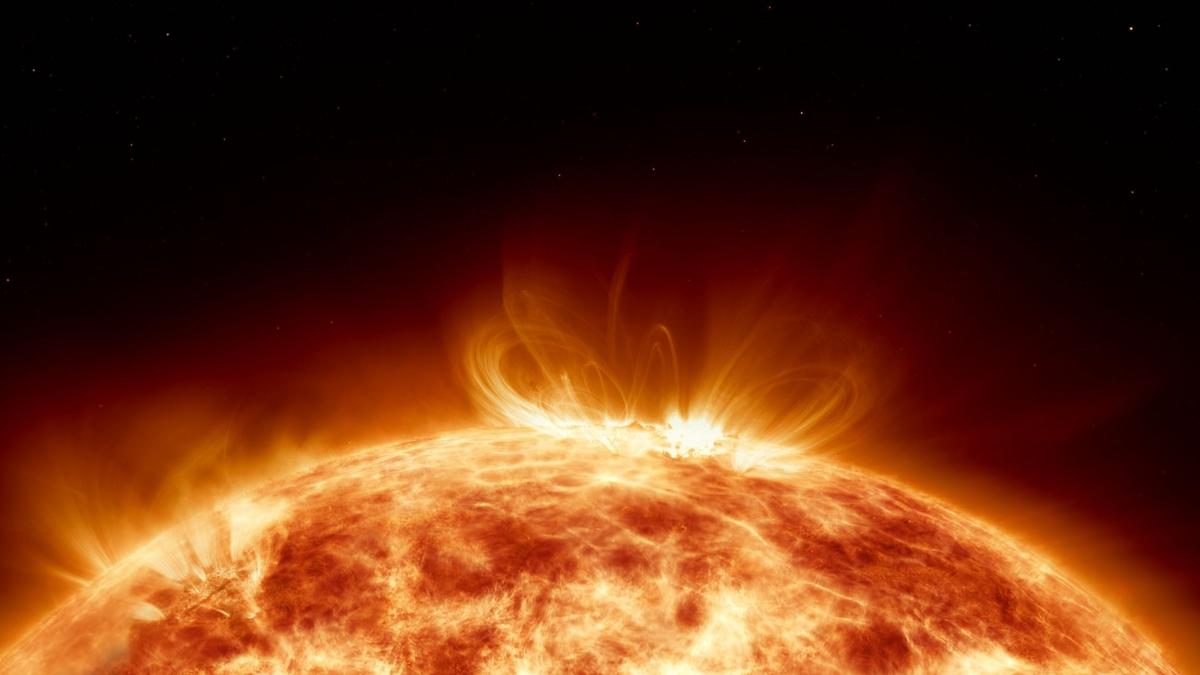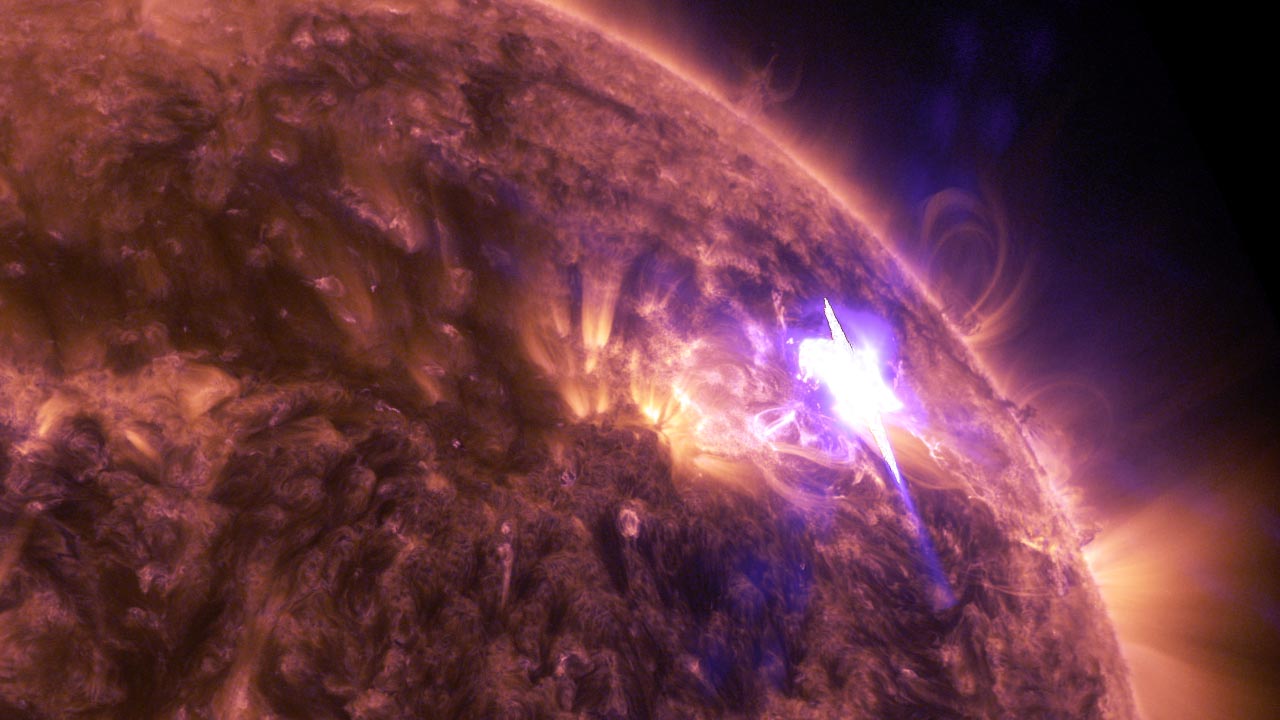Just as we assumed we had observed the pinnacle of intense flares emanating from a vast sunspot, the sun defied expectations by unleashing its most robust eruption of the weekend. This unforeseen event not only induced a radio blackout but also sustained a barrage of solar storms.
Late on Saturday, May 10, a dynamic solar flare erupted from an active sunspot region known as AR3664, reaching its peak at 9:23 p.m. EDT (0123 May 11 GMT). This flare was massive and classified as an X5.8 class flare by officials at NOAA’s Space Weather Prediction Center (SWPC). As a result, parts of Earth’s sunlit side experienced temporary or complete loss of high-frequency radio signals.

Not content with just one flare, the sun unleashed another powerful X1.5 solar flare at 7:44 a.m. EDT (1144 GMT) the following day, as reported by NASA officials. X-class flares are the most intense solar eruptions, and while they can vary in duration, ones of this magnitude are relatively rare. Yet, the sun has been quite active this week, producing a series of powerful flares that have enhanced the northern lights displays on Earth.
NASA described solar flares as powerful bursts of energy that can impact various aspects of life on Earth, including radio communications, electric power grids, navigation signals, and even spacecraft and astronauts.
According to recent discussions from NOAA’s SWPC, the active region 3664 is expected to remain active until Monday, May 13. High to very high levels of solar activity are anticipated, with an increased likelihood of more flares in the top two classes, M and X. This active region is a colossal sunspot complex approximately 17 times the width of Earth, according to NOAA SWPC officials.

